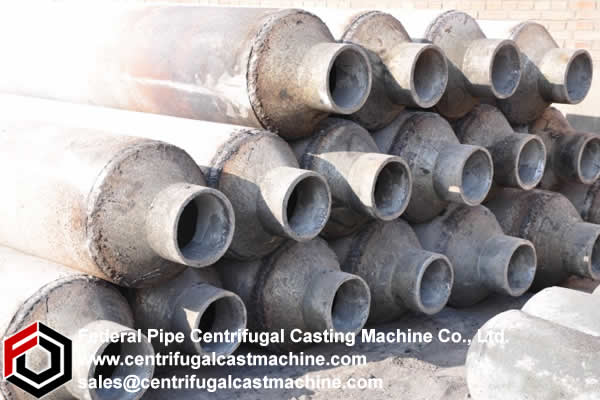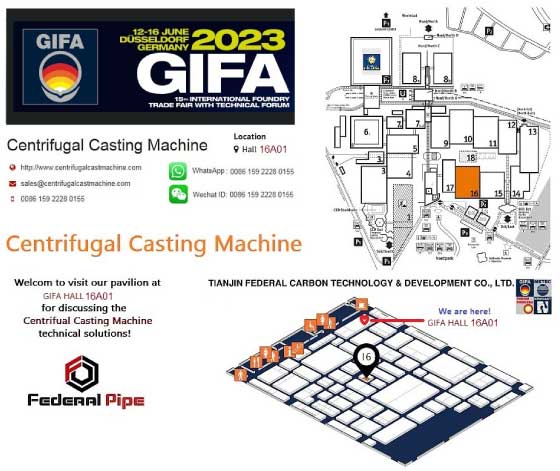Centrifugal casting remained a casting method for large objects
Centrifugal casting remained a casting method for large objects until 1907 when Dr. Taggart, a dentist, introduced it to other dentists who experi‐mented with the method hoping to perfect cast inlays for teeth that would replace malleting flake gold into prepared cavities. A Dr. Campbell in Mis‐souri used a Hoosier cowbell as a casting flask. A wire loop such‐as an extra long bucket bail was added to the bell, the clapper was removed, and the model and its sprues were embedded in the investment plaster. 
It is important to remember, however, that materials such as iron or copper that are immiscible in certain ranges are apt to segre‐gate badly, such as lead in certain bronzes. Tubing with alloy modifications on the inside diameter which are designed to meet specific corrosion‐resist‐ant characteristics have been successfully produced using the centrifugal casting technique.

